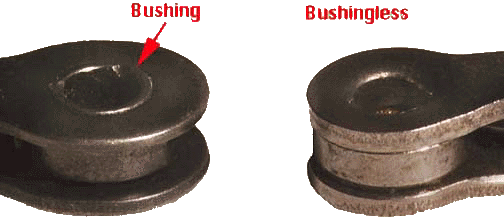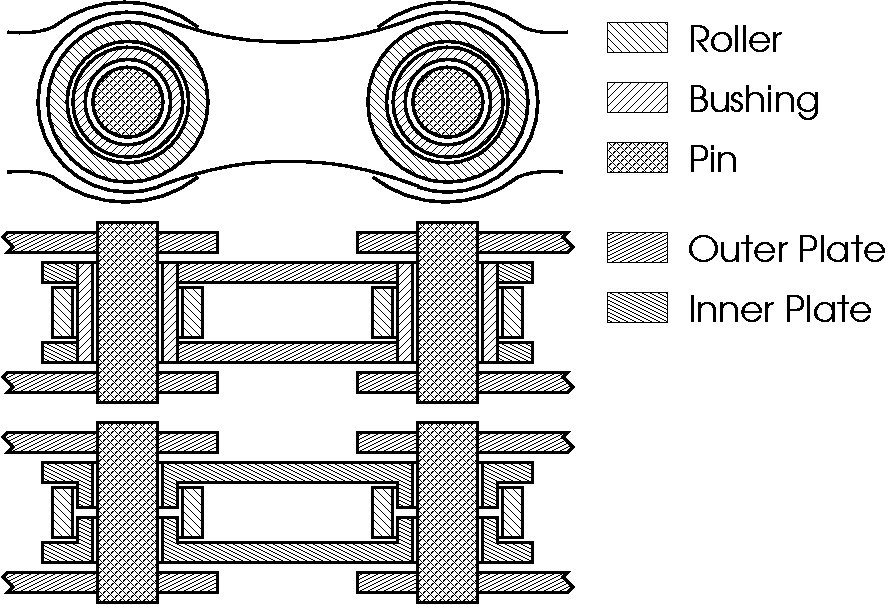Hugh-Jassman
1 kW
- Joined
- Jun 20, 2015
- Messages
- 407
I want to turn my regular sprockets into a sigle speed drive, for use with the cyclone 3000.
what BMX chain can I use that would be stronger than regular bicycle chain?
will KMC Kool Knight Chain fit on regular bicycle sprockets?
Or do I have to change the front and rear sprockets to fit a larger chain?
I have 8speed sprockets on my bike now. so I am not worried about the chain not fitting width wize.
what BMX chain can I use that would be stronger than regular bicycle chain?
will KMC Kool Knight Chain fit on regular bicycle sprockets?
Or do I have to change the front and rear sprockets to fit a larger chain?
I have 8speed sprockets on my bike now. so I am not worried about the chain not fitting width wize.




